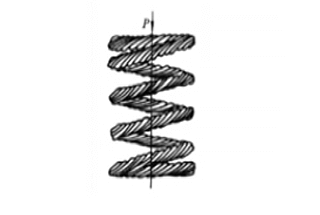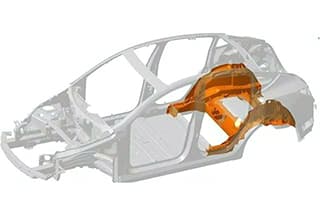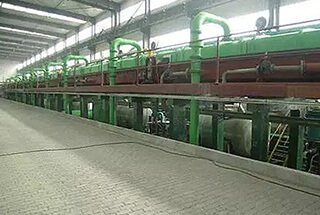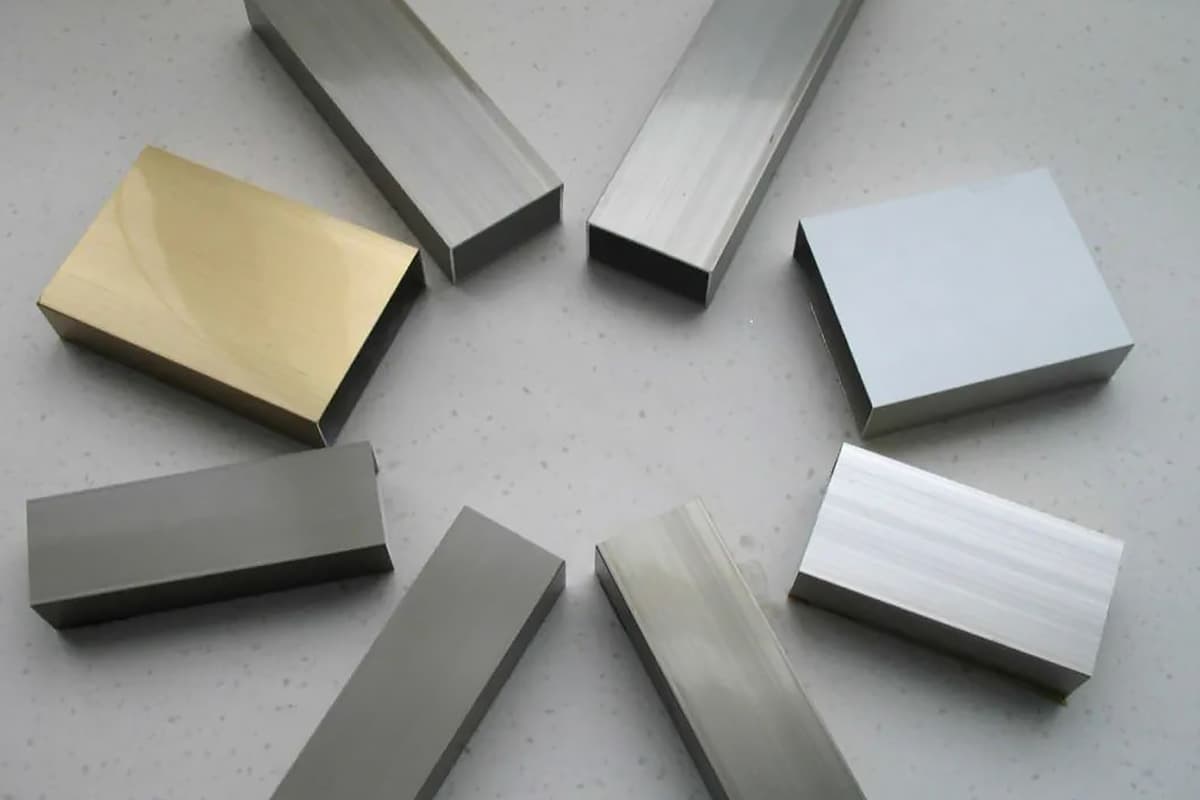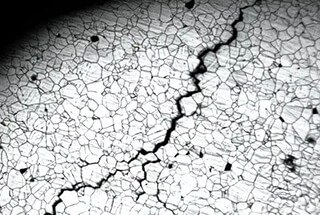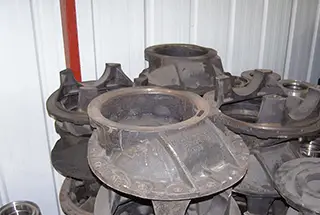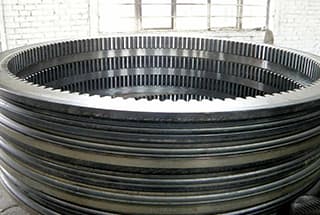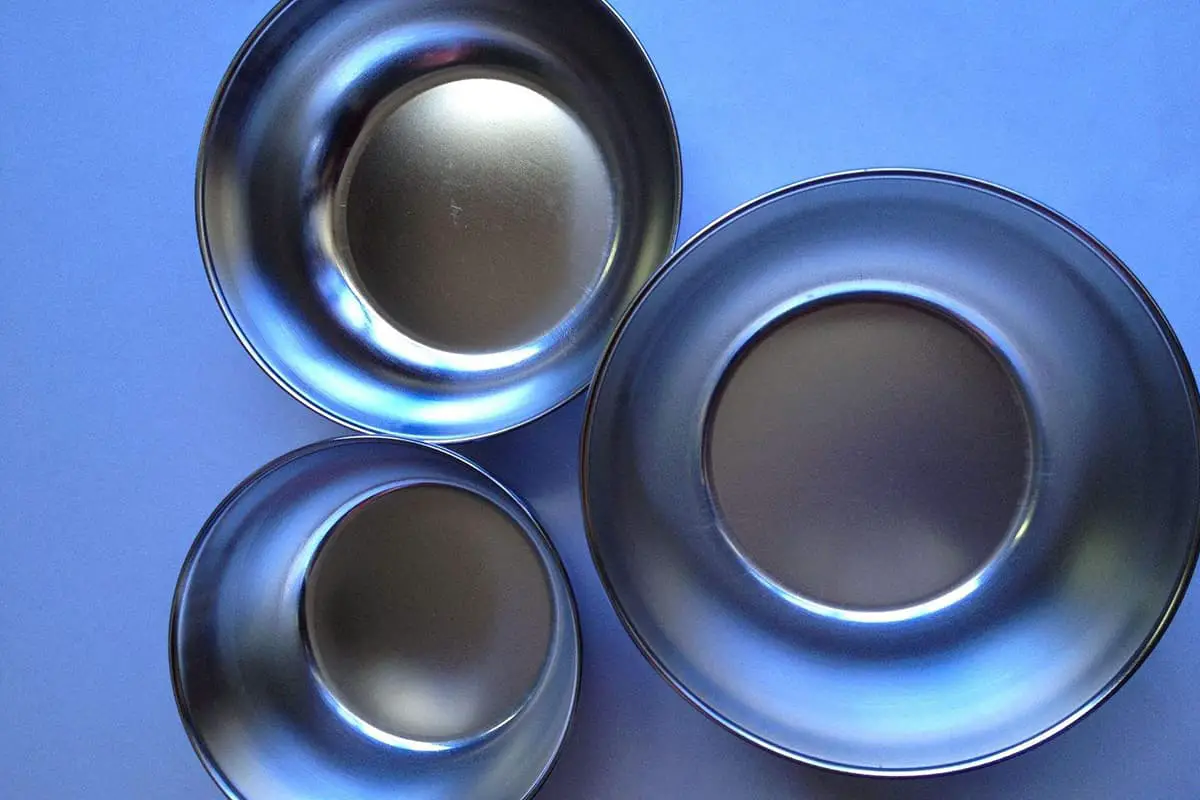
Have you ever wondered how industries achieve that perfect finish on metal parts? This blog explores the fascinating world of shot blasting and sand blasting. You’ll learn how these processes clean, strengthen, and prepare surfaces for further treatment. Get ready to uncover the secrets behind these essential techniques!
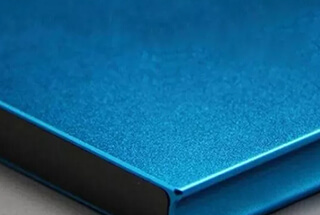
Shot blasting, also known as mechanical surface treatment, is a process similar to sand blasting.
The process works by using a motor to rotate the impeller body. The centrifugal force generated by the rotation causes balls with a diameter of 0.2 to 3.0mm (which can be made of materials such as casting, cutting, or stainless steel) to be projected onto the surface of the workpiece. This results in a rough surface finish and enhances the appearance of the workpiece, or changes its welding tensile stress to compressive stress, thus increasing its service life.
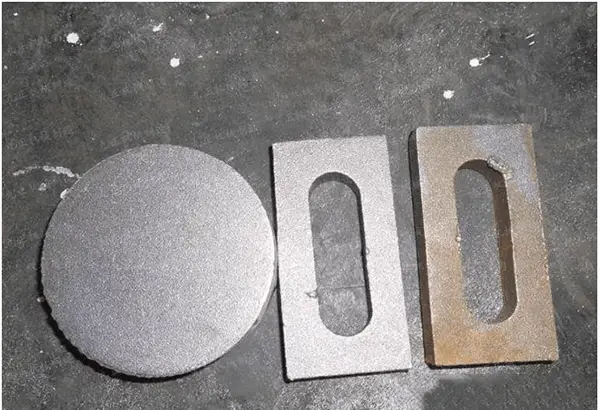
Shot blasting is a process commonly used in various industries, such as machinery, ship repair, auto parts, aircraft parts, surface treatment of tanks and guns, bridge construction, steel structures, glass manufacturing, and pipe production.
The process of shot blasting involves projecting high-speed particles over long distances onto the surface of parts, using mechanical means. This process is collectively known as shot blasting.
It includes:
Shot blasting is primarily used to clean casting, forging, welding, and heat-treated parts.
This paper focuses on the concept of shot blasting cleaning.
For processes that use shot blasting to achieve specific objectives on the surface of the workpiece, they are named according to the process requirements, such as shot blasting, shot blasting strengthening, or shot blasting coloring, to distinguish them from shot blasting cleaning.
Shot blasting equipment, also known as shot blasting machinery, is used to continuously change the surface of parts in a jet stream to achieve uniform shot blasting.
There are many types of shot blasting equipment due to the varying nature of workpieces.
Each type of shot blasting equipment is only suitable for cleaning parts within a certain range and there are specialized equipment for specific types of parts.
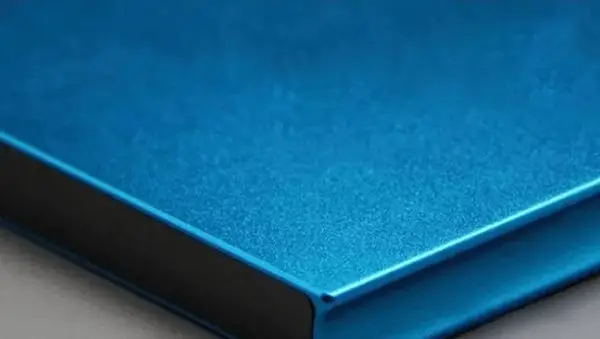
Sand blasting is a method of cleaning the surface of parts by using compressed air to blast out quartz sand at high speed. In a factory setting, it is also referred to as sandblowing. It is effective in removing rust as well as oil, making it a useful process for painting.
Sand blasting is often used to remove rust from the surface of parts and to modify the surface (small wet sand blasting machines sold in the market are used for this purpose, using sand such as corundum with water as the medium).
In steel structures, high-strength bolt connections are an advanced method. The high-strength connection relies on the friction between the joint surfaces to transfer force, so the quality of the joint surface is crucial. In this case, sand blasting must be used to treat the joint surface.
The sand blasting process can be divided into dry sand blasting and wet sand blasting.
There are two types of dry sand blasting: mechanical sand blasting and air pressure sand blasting. Both types can be further divided into manual, non-automatic, or continuous automatic types.
The manual air pressure sandblasting machine is widely used in China and is suitable for various medium and small parts with complex shapes.
Wet sand blasting uses the same abrasive material as dry sand blasting. The abrasive material can be mixed with water to form a mortar. The abrasive material typically makes up 20% to 35% of the mixture, and it is continuously stirred to prevent sinking. Compressed air is then directed through a nozzle to spray the mixture onto the parts.
Alternatively, the sand and water can be mixed before being fed into the nozzle and then sprayed onto the parts. To prevent corrosion of steel parts, sodium nitrite and other corrosion inhibitors must be added to the water.
The sand should also be dried before being used again.
There are many forms of wet sand blasting equipment, with the most commonly used being sand blasting rooms.
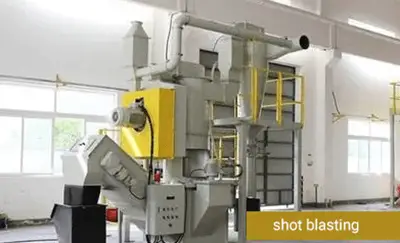
Both shot blasting and sand blasting use compressed air. However, the use of a high-speed impeller is not necessary for shot blasting.
In the repair and shipbuilding industry, shot blasting (using small steel shot) is primarily used for pretreating steel plates (removing rust before coating), while sand blasting (using mineral sand) is primarily used for forming ships or sections. It is used to remove old paint and rust from steel plates before re-coating.
The main purpose of shot blasting and sand blasting in the repair and shipbuilding industry is to increase the adhesion of paint on steel plates.
In the cleaning of casting parts, shot blasting is not the only method. The risers of the casting parts can also be removed and the parts can be rolled in a roller, where they collide with each other to remove most of the sand on the surface before shot blasting or shot peening.
Both shot blasting and sand blasting can clean and decontaminate the workpiece, preparing it for the next process. This is to ensure the roughness requirements of the next process and to ensure consistency of the surface.
Shot peening strengthens the workpiece, which is not the case with sand blasting or shot blasting.
Typically, shot peening uses small steel balls and sand blasting uses quartz sand.
Sand blasting and shot blasting are used in precision casting on a daily basis.

